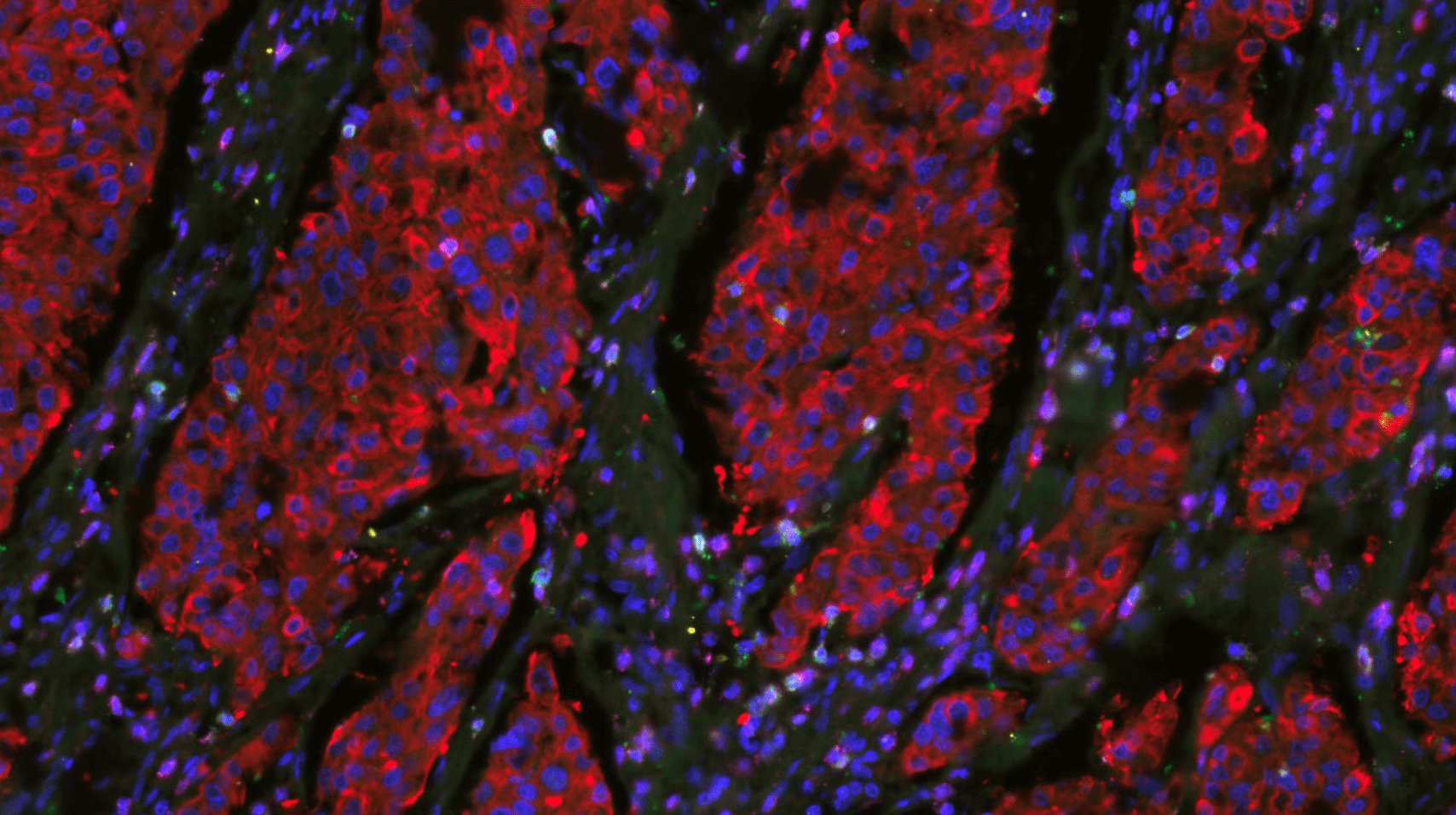In the last few years, there has been an explosion in the number of platforms for multiplex tissue imaging that pair antibody labeling with high resolution tissue imaging. These platforms enable researchers to move beyond conventional IHC and to visualize multiple markers simultaneously on the same slide. This ability to multiplex labeling and imaging allows researchers to answer ever more complex questions and to evaluate the interplay between many markers for evaluating complex biological phenomenon such as how the immune system interacts with a tumor. One of the interesting questions Visikol often get from researchers in regard to their multiplex tissue imaging services is “how many markers should I look at?”
Is More Data Better?
While multiplex tissue imaging platforms can evaluate 30+ markers from a single slide, the question is how many markers are ideal for your research question? Our colleagues in Tech often think that more data is always better and in the life sciences world and especially the multiplex tissue imaging world this is certainly not the case. To generate multiplex tissue imaging data principally requires reagents (e.g., antibodies) and imaging time which both have a defined cost associated with them. Therefore, more data is not always better but always means more cost and as a contract research services company we are always working to provide our clients with actionable insights while minimizing their research costs.
How To Use Markers Effectively
Visikol has found that, ideally, a researcher wants to eventually reduce their research question down to as few markers and as low of an imaging resolution as possible, when using multiplex tissue imaging. Initially, during basic research and discovery, a researcher will likely not know what they are looking for and will thus work to acquire as much data as possible from precious samples. From this data, the researcher can begin to unravel the unique biomarker relationships behind their data, and determine which biomarkers are truly important using an approach such as principle component analysis. Using this iterative process, the researcher can then wind down their biomarkers from a large number to a much more manageable number and perhaps one that does not even require complex processes but a simple fluorescent microscope for imaging 3-4 markers simultaneously.
The number of markers though will be dependent upon where a researcher is at with their research question and typically we want to reduce this number as much as possible as our research progresses to reduce cost. More data always comes at a price. If you would like to discuss your next multiplex tissue imaging project with our team of experts, please reach out to us.

